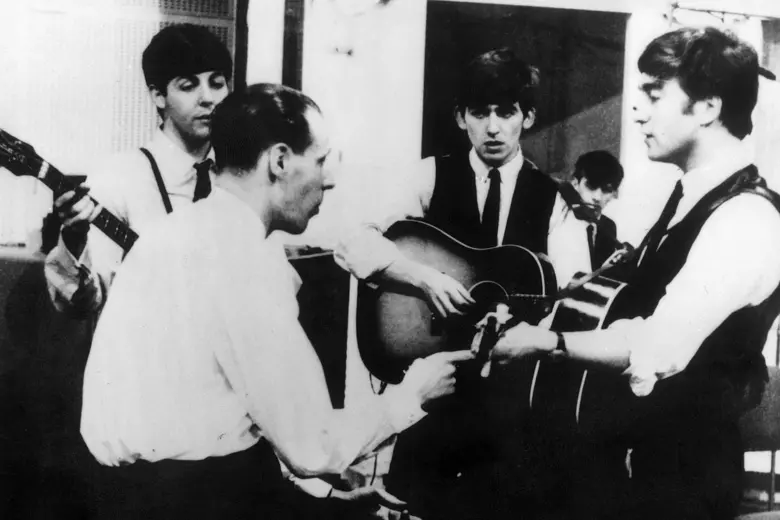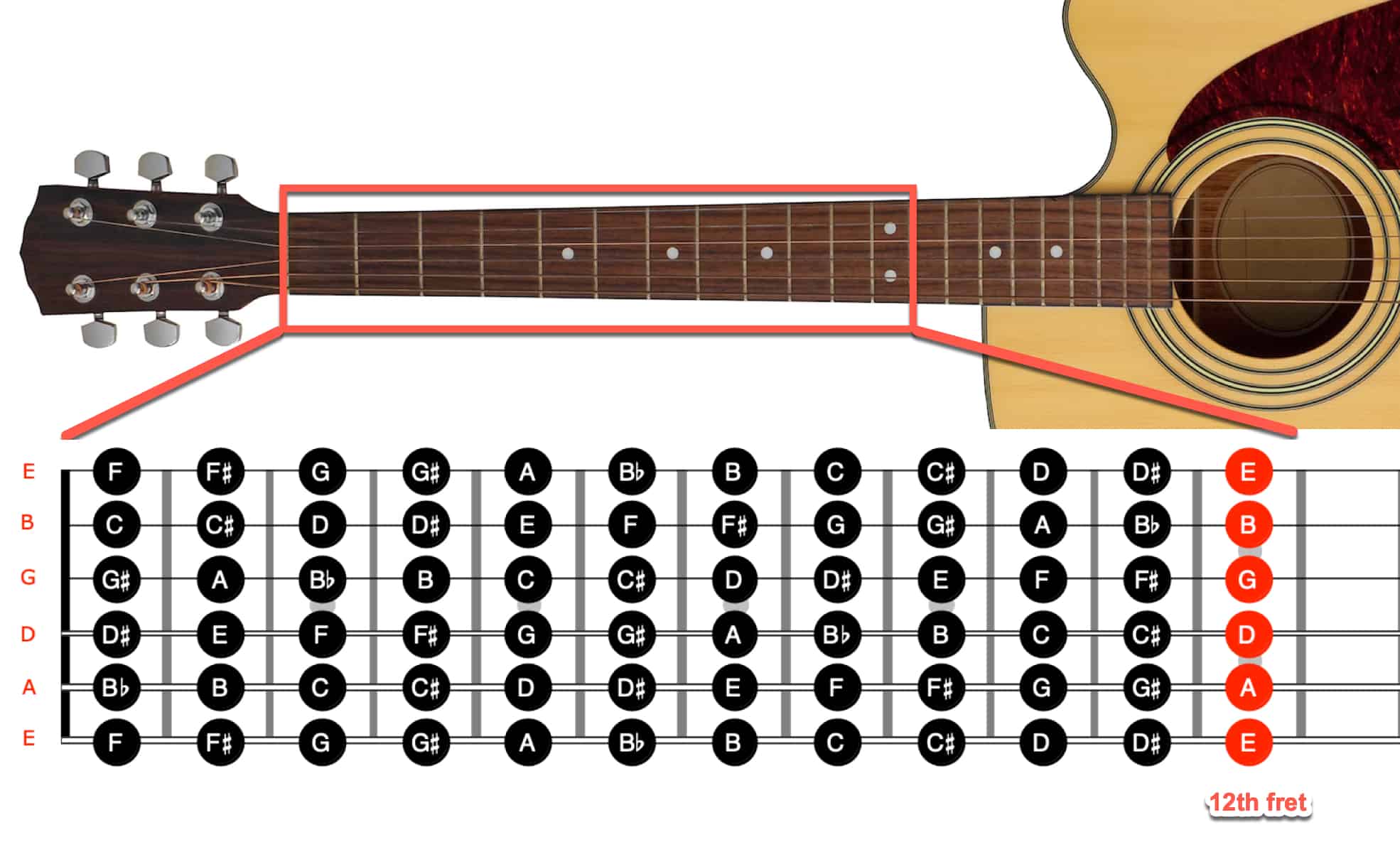
Most guitar players are content to learn the classics on guitar as well as testing their strings mettle on the songs of their favourite contemporary acts. The amount of requests I’ve had from my students to learn Hotel California, Stairway to Heaven and Nothing Else Matters is a testament to the fact that there are certain essential songs one should include in their repertoire to get a better melodic understanding of the instrument as a whole. What a lot of students of this great instrument tend to forget sometimes is the virtually unlimited potential of the guitar and, how to unleash your creativity on the guitar as songwriter.
As a start to exploring your own musical potential I would advise first on playing in a position you are generally unfamiliar with – for example, if you generally use a lot of open chords (chords that including the ringing of certain strings without fretting them) you’ll find that you are playing mostly within the first three frets of the guitar- try forming chords shapes, both old and your own particular new variations, on different parts of the guitar.
Remember that you are only holding a chord when you are playing three or more notes simultaneously. Remember that if you are holding a chord that sounds particularly pleasant to you but you are not sure of what its’ formal name is exactly, it is not to say that the chord does not exist, there are virtually thousands of existing chords, though your ‘new’ chord might very well have a particularly strange name as it might consist of a more complicated interval formula, intervals being the distinct tonal difference between notes played within the same musical key and the building blocks of chords and music in general.
A good starting point for experimenting with your own chords would be playing them around the 5th and 7th frets of the guitar, around which you will find more whole notes and less respective sharp and flattened versions of your notes. Click here for free chord and scale sheets.
Let’s say, for example, your decide to make up some chords around the 7th fret of the guitar, you will firstly need a root note, which may very well be the note B (found on the 7th fret of the Low E string) or E (found on the 7th fret of the A string). You will need to relate all the chords to your root note or at least keep your root note sounding throughout your progression as a drone (or constantly ringing) note to bring some consistency to your progression.
Try out different chord shapes at random though around these frets based on your existing knowledge of chord shapes, perhaps incorporating a few open strings, and you may just be particularly surprised with the results once you’ve found a progression that sounds good to your ear. Remember the human ear is the strongest tool you’ll have to aid you in your creative endeavours on any instrument.
This is also where knowledge of where different notes are positioned on the fretboard definitely comes into play. If we are using the B note found on the 7th fret of the low E as a basis for our progression, then logically the higher pitched open B string ringing simultaneously will be complementary with shapes positioned around the lower B, similarly an E note played on the 7th fret of the A string can be complemented or reinforced by the unison of adding the low or high E open strings, provided your ear guides you to formulating chord shapes that resound harmonically with your root note, once this is achieved you will be playing within a certain key, even if it wasn’t quite the one you were originally intending.
Certain websites help when trying to identify the formal names of chord shapes you have come up with, like: http://www.logue.net/chords/index.htm, programs like Guitar Pro help with this too as you can write out the notes of a chord you’ve just held, then hit the ‘a’ key on your keyboard to bring up the chord’s correct name, which can often lead to clues as to where to take your progression.
Try converting famous chord progressions into 5th or power chords if you are a rock player. The G major to D major to C major progression of Knocking on Heaven’s door sounds quite different when played as power chords and could possibly provide a basis for the progression of one of your own compositions, using time-tested chord sequences as a starting point for your own songs. Tuning the guitar to open tunings (where the ringing of the open strings will sound a certain chord rather than the usual E A D G B E note combination) is another great way to experiment with new sounds and chord shapes on the guitar.
A lot of The Rolling Stones material is written in open G tuning, where the strings of the guitar are tuned, from low to high, to D G D G B and D respectively. This moves the notes around the fretboard and offers up virtually thousands of new opportunities for creating your own unique sounds. Don’t be afraid to experiment, if it wasn’t for musicians constantly finding new sounds on the guitar, much of the music we have today might not exist.





Comments (0)